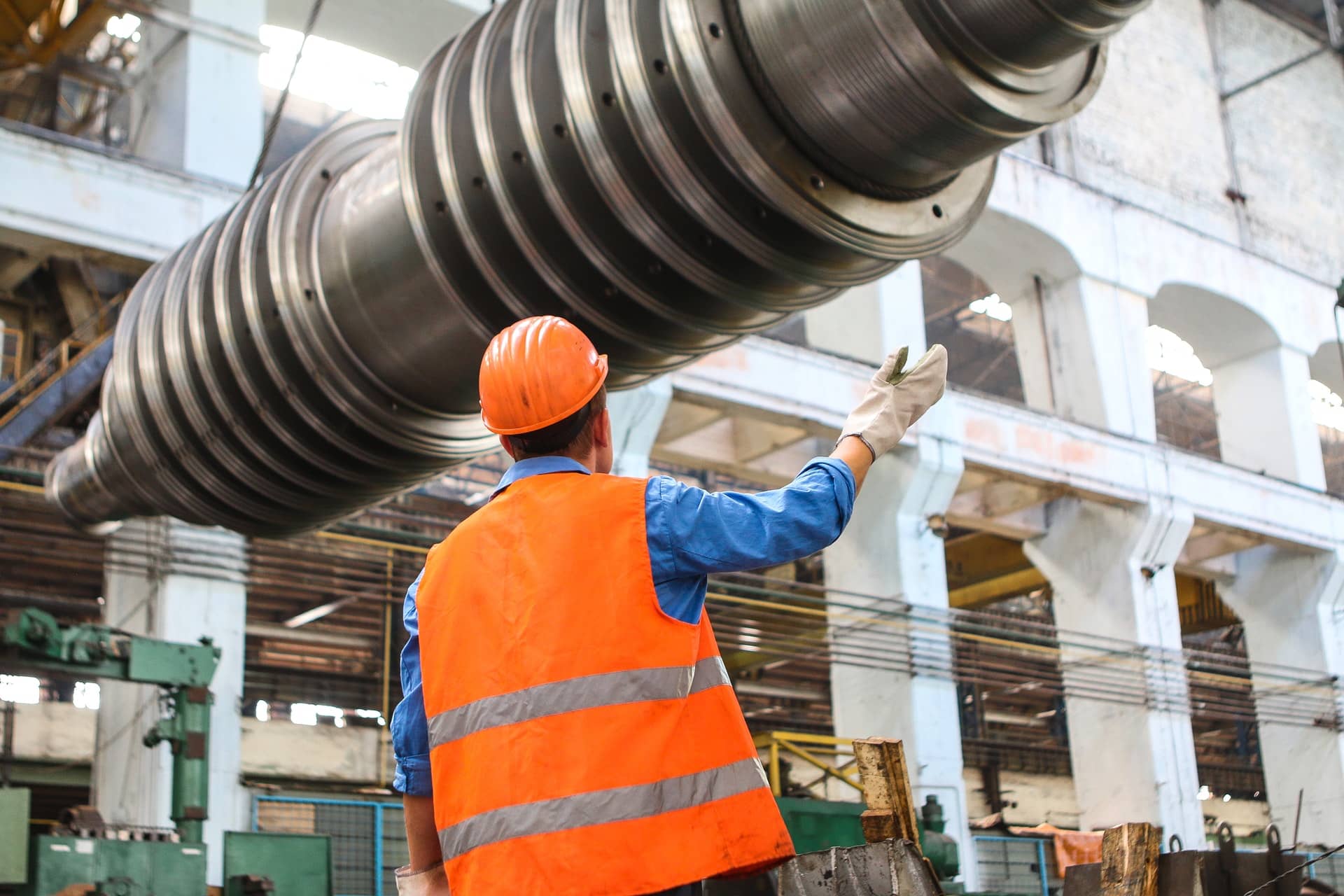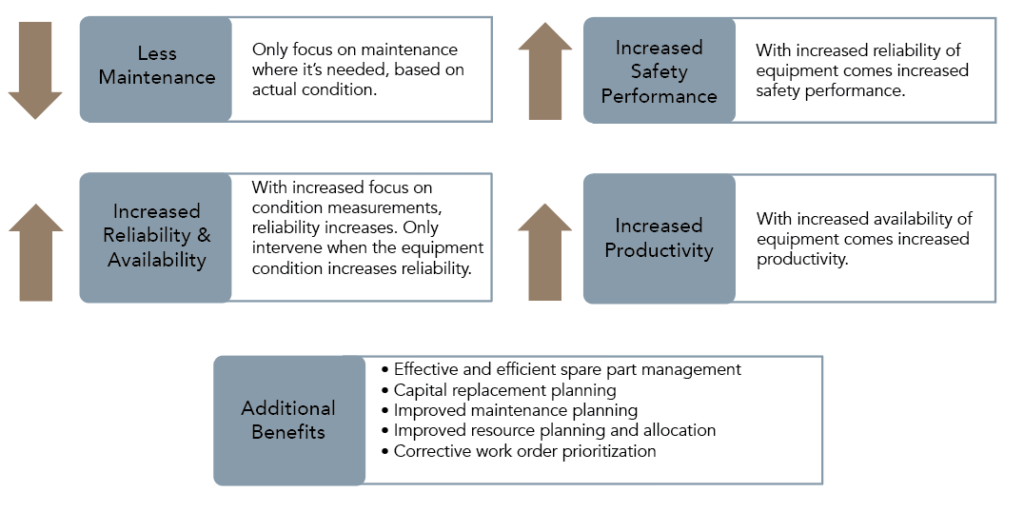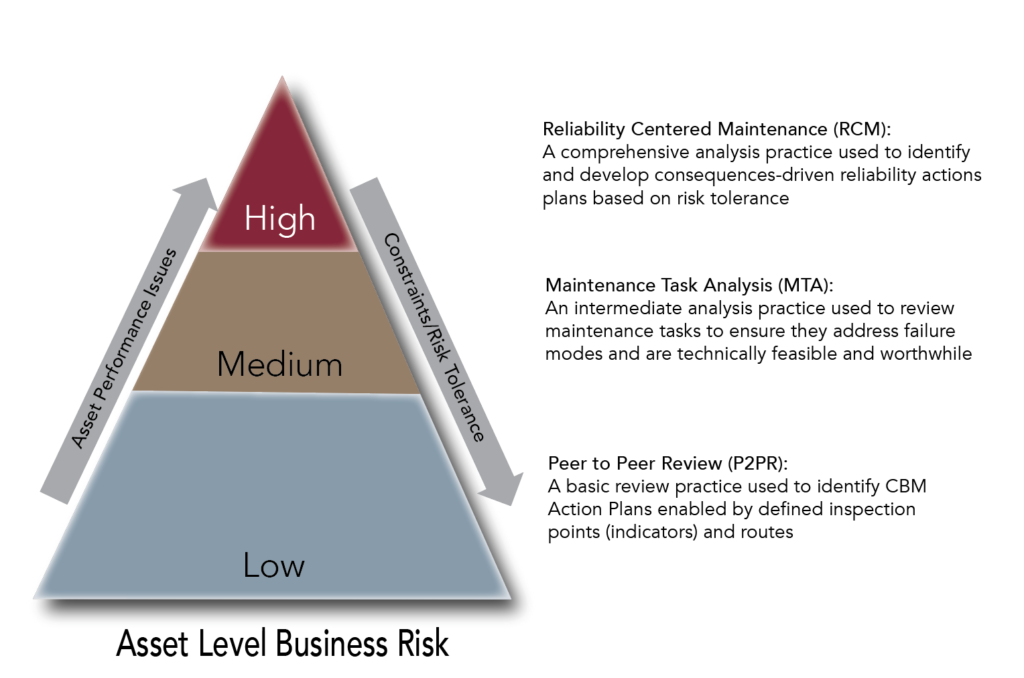
Asset Criticality and Prioritization (ACAP)
The Key to Building a Reliability Culture
When it comes to asset strategy development, the first critical step is to perform an asset criticality review known as Asset Criticality and Prioritization (ACAP) to determine the critical and important assets. The ACAP process should be planned as thoroughly as possible and without it, your organization will waste resources or worse, have critical equipment fail with rippling effects on your organization, people and the environment.
Start the ACAP process by ranking your assets according to relative importance. We recommend importing your asset hierarchy information into our REW software to assist in determining asset criticality to prioritize your assets. ACAP delivers the ranking and comparison of important attributes and business objectives of your assets.
Your team develops standards for your organization to determine what impacts may result if the equipment can’t meet your organization’s needs for safety, environmental or operational objectives. These rankings identify where to focus your organization’s maintenance efforts and resources when you are applying and sustaining a reliability strategy. Whenever the Operating Context changes, you should review your asset criticality because this could change its failure impact.
Why your organization should use ACAP
- It encourages decision makers to achieve consensus on the importance of assets.
- It does not only ensure that improvement efforts and resources are directed to most critical assets (what to include), but also where to start based on priority.
- It’s not resource intensive and can easily be performed by your own people.
- It allows your organization to focus on business goals.
- It demonstrates due diligence.
- It justifies spending and using scarce resources required for asset improvement initiatives.
- It aligns with ISO 55001 and ISO 31000.

Benefits of ACAP
Once you know the criticality of each asset to your organization’s operation, you can determine what maintenance strategy to apply to each asset. Those assets that prove most consequential to your operation (and have greater asset performance issues) will require Reliability Centered Maintenance (RCM2™ or RCM3™). For those assets that have medium priority, you can use Maintenance Task Analysis (MTA), which is less resource intensive and is an effective analysis for less critical assets. For those with low priority, you can use Peer to Peer Review (P2P).

ACAP will also help your organization determine which spares to stock and with our Risk Centered Spares (RCS) methodology, help your organization determine how many of each and optimize your inventory. In modern engineering stores, up to 50% of inventory value may consist of spare parts that are used at the rate of one per year or less. Between 10% to 30% of the inventory in your organization might sit on the shelves for the complete plant lifetime. Because ACAP helps you determine what equipment is most critical to your operation, you’ll have a better understanding of what spares you need.